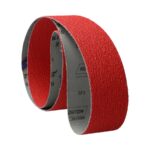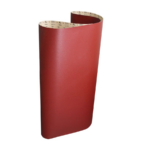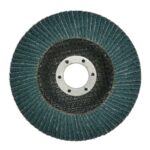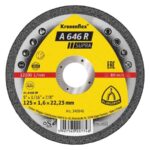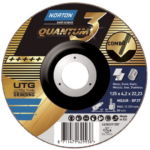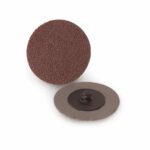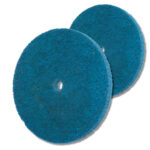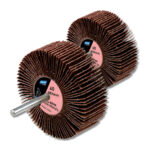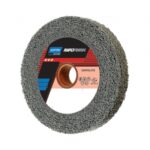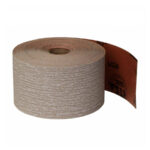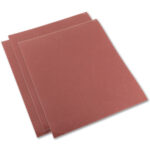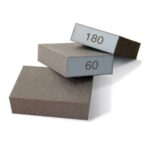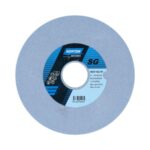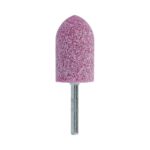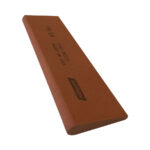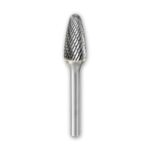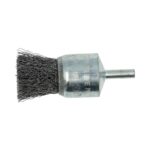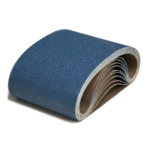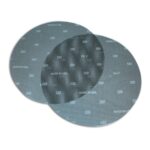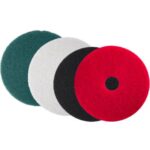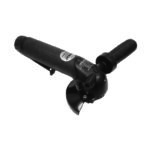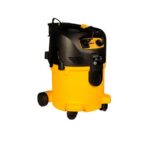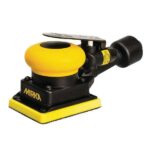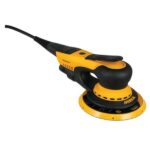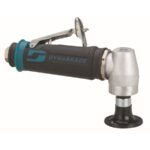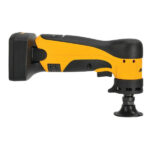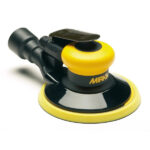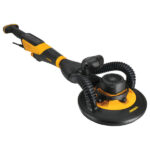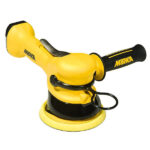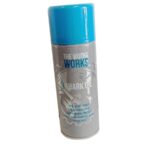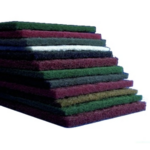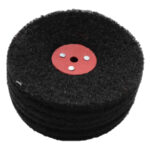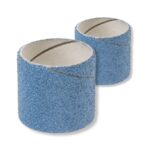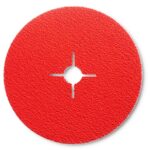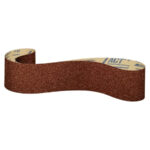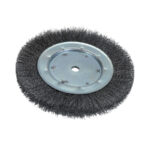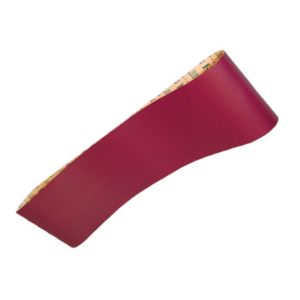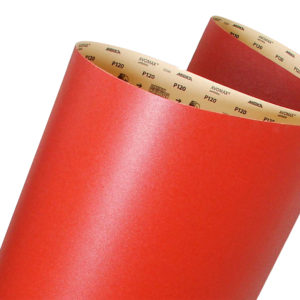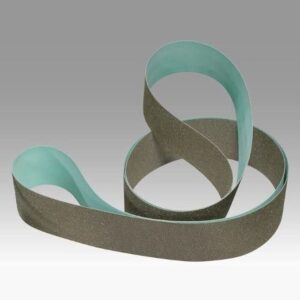Sanding Belts
See Also:
Aluminium Oxide Sanding Belts|Ceramic Sanding Belts|Felt Polishing Belts|Silicon Carbide Sanding Belts|Non-Woven / Surface Conditioning Sanding Belts|Zirconia Sanding Belts|File Sanding Belts|Narrow Sanding Belts|Wide Sanding Belts|Polishing Belts|Diamond Polishing Belts
Abrasive sanding belts are an essential tool for a variety of woodworking and metalworking projects. They come in a range of sizes and types, including narrow and wide belts. Narrow belts are typically used with handheld sanders or as a component of a belt sander attachment, while wide belts are used with stationary belt sanders. Both types of belts have their own unique advantages and can be used to achieve different results.
Narrow abrasive sanding belts are typically used in handheld tools, such as belt sanders or file sanders. These belts are typically between ¼ inch and 4 inches wide, and are ideal for precision sanding and grinding tasks. Narrow belts are available in a range of grits, from coarse to fine, which makes them suitable for a variety of applications.
One of the main advantages of narrow sanding belts is their ability to provide precise sanding results. Due to their narrow width, they can easily fit into small spaces and contours, making them ideal for sanding intricate shapes or tight corners. They are also effective at removing small amounts of material, which is important when working with delicate or intricate pieces.
In contrast, wide sanding belts are typically used with stationary belt sanders and are much wider, typically ranging from 4 to 36 inches in width. They are used for sanding larger surfaces, such as tables, doors, and cabinets. Wide belts are also used for flattening and smoothing large pieces of wood, such as tabletops or countertops.
One of the main advantages of wide sanding belts is their speed and efficiency. Because they are wider, they can remove material at a much faster rate than narrow belts. This makes them ideal for sanding large surfaces or for removing a lot of material quickly. Wide belts also tend to last longer than narrow belts, which can save time and money in the long run.
When selecting a sanding belt, it is important to consider the grit size and material type. Grit size refers to the coarseness of the abrasive particles on the belt, with lower numbers indicating a coarser grit and higher numbers indicating a finer grit. Material type refers to the type of abrasive particles used in the belt, such as aluminum oxide, zirconia alumina, or ceramic.
In summary, narrow and wide sanding belts are both essential tools for woodworking and metalworking projects. Narrow belts are ideal for sanding in tight spaces and for working on small projects, while wide belts are used for sanding larger surfaces and removing material quickly. By selecting the appropriate grit size and material type for the task at hand, users can achieve excellent sanding results and complete their projects efficiently and effectively.

